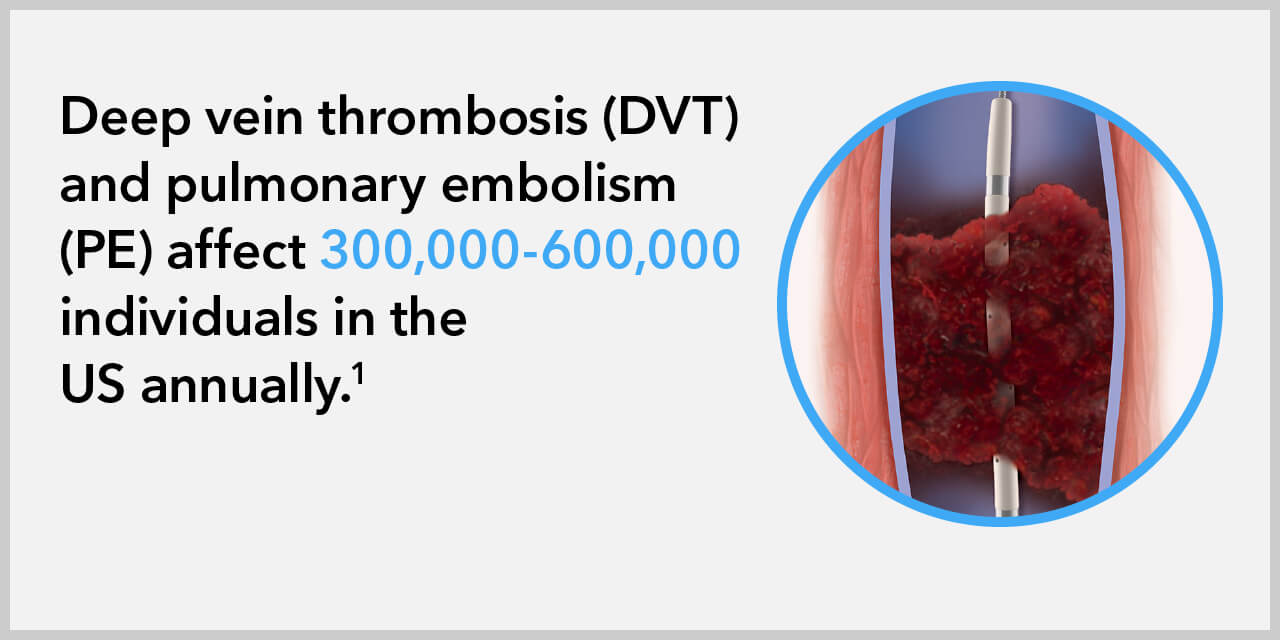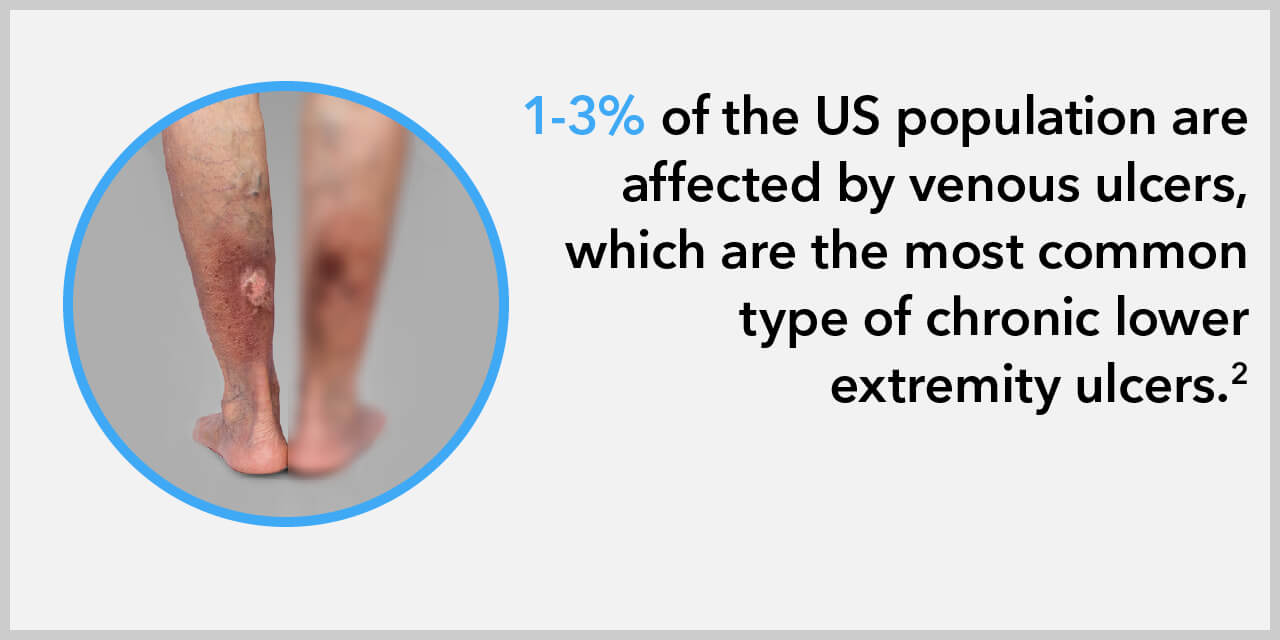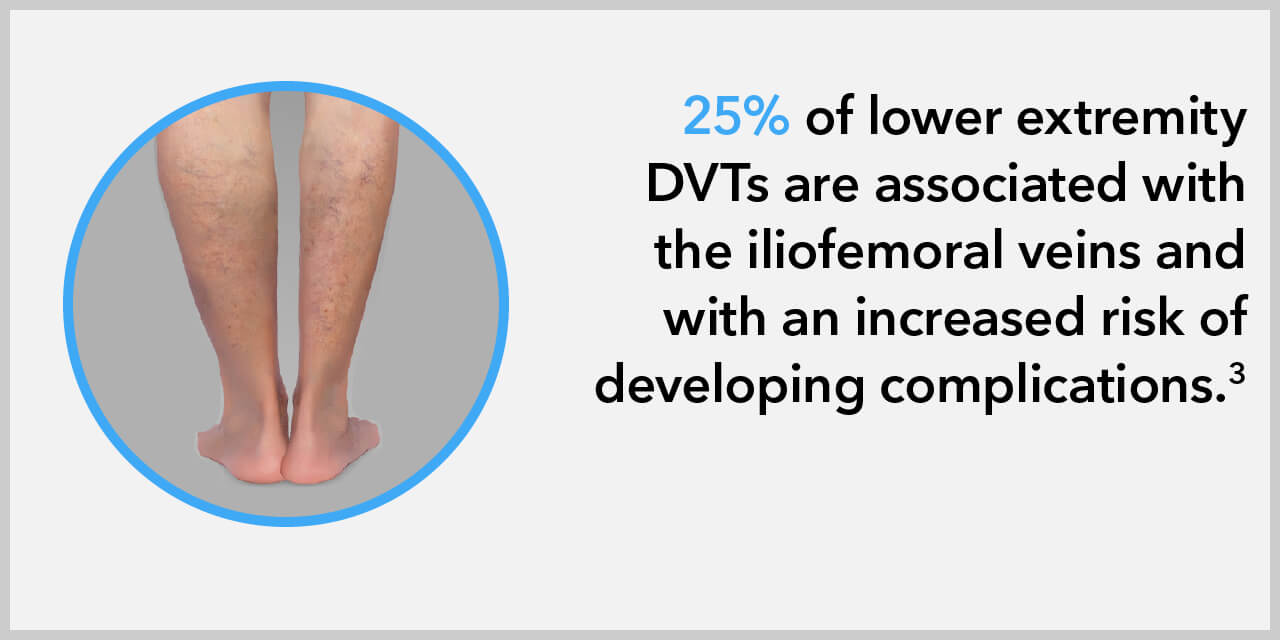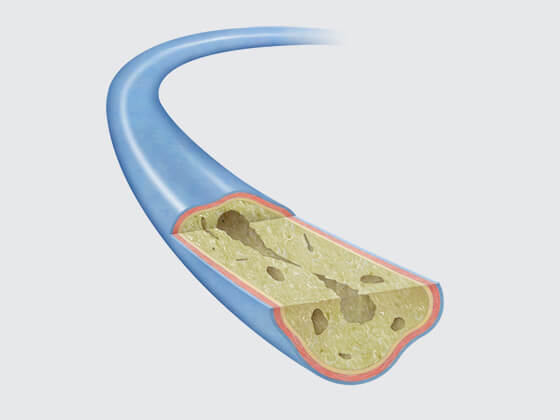







Deep venous obstruction is a partial or complete blockage of the vein, which results in less blood flow and more building up of blood in one area, which can result in a blood clot or a deep vein thrombosis (DVT). One type of deep venous obstruction is iliofemoral venous outflow obstruction.

Iliofemoral venous outflow obstruction is a narrowed or blocked vein near your groin. As a result, the veins near the groin or pelvis (the iliac and femoral veins) are unable to return blood to the heart normally. When the veins are narrowed (stenosed), less blood can flow through the vessels. When the veins are blocked (occluded), no blood can flow through the veins.
Iliofemoral venous outflow obstruction can be caused by a DVT. A blood clot may form because of a medical condition that makes it easier to form a clot (hypercoagulable) or because of reduced blood flow through a vessel. An acute DVT is a clot that has formed in the last 14 days. After 14 days, the clot may damage the vein and cause it to narrow (called a chronic obstruction).
Iliofemoral venous outflow obstruction can also occur from an artery pressing on a vein, often referred to as iliac vein compression. Your doctor may refer to this as May-Thurner syndrome. This condition also results in damage to the vein by causing scar tissue and vein narrowing.
Risk factors may include:
Iliofemoral venous outflow obstruction is typically not a life-threatening condition. You may experience the following symptoms:
A diagnosis of iliofemoral venous outflow obstruction is based on your medical history, a physical examination, and imaging tests.
During the physical exam, your doctor will visually examine and feel your legs. Your doctor may also evaluate your ability to walk.
Duplex ultrasound (DUS): a way for doctors to see inside the body using sound waves.
Venography: a test in which your doctor injects a dye into your veins and then takes an x-ray that shows your veins.
Intravascular ultrasound (IVUS): a kind of imaging that uses sound waves to see directly inside the vein.
Remember, every patient is different, and your doctor knows you best. After reading the information on this site, make an appointment to talk to your doctor to help you make the right decision about any treatments or procedures.
Updated on March 21, 2022.